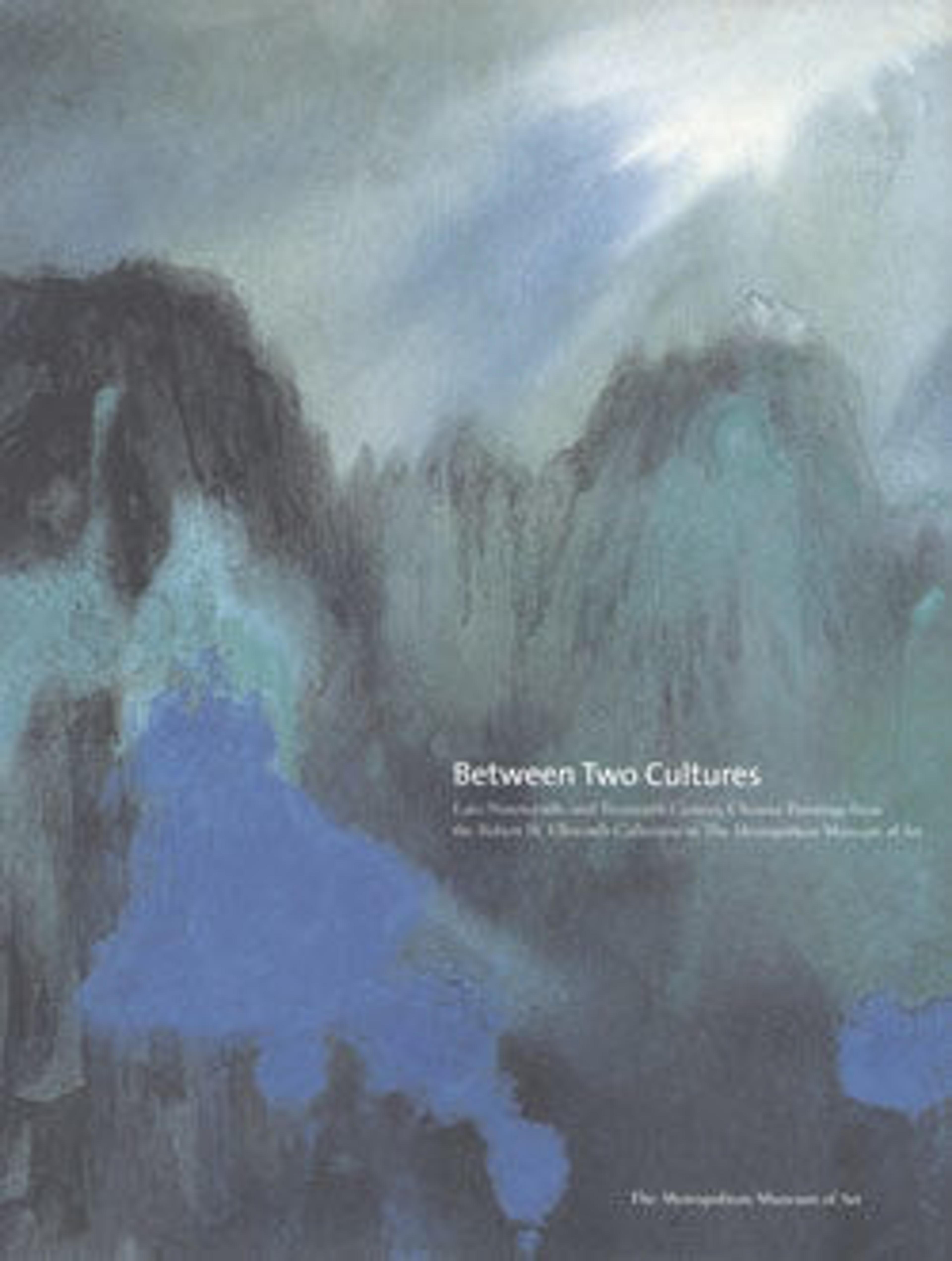Ten Thousand Valleys in Deep Shade
Huang Binhong was born into a family of scholars and artists in Shexian, Anhui Province. He expressed his anti-Qing sentiments in literati fashion by organizing a local club to honor a seventeenth-century scholar who had defied the corrupt government of his time. When a warrant was issued for his arrest, Huang fled to Shanghai, where he worked as an editor of art books and magazines and gained exposure to the private collections scattered throughout the area. In the 1930s he helped examine the palace collection in Beijing in order to prepare it for dispersal prior to the impending Japanese invasion.
This painting, inspired by the brush idiom of the tenth-century monumental landscapist Juran, was executed while Huang was traveling in Sichuan. The dense shade of the trees and flowers covers the many mountains.The shadow of these [mountains, coiled like] dark green snails, oozes into the stream.A few forsaken leaves are turning red and yellow.It is easy for autumn to come to Baidi City because of its altitude.
(Robert H. Ellsworth et al., trans., Later Chinese Painting and Calligraphy, 1800-1950, 3 vols. [New York: Random House, 1987], vol. 1, p. 150)
This painting, inspired by the brush idiom of the tenth-century monumental landscapist Juran, was executed while Huang was traveling in Sichuan. The dense shade of the trees and flowers covers the many mountains.The shadow of these [mountains, coiled like] dark green snails, oozes into the stream.A few forsaken leaves are turning red and yellow.It is easy for autumn to come to Baidi City because of its altitude.
(Robert H. Ellsworth et al., trans., Later Chinese Painting and Calligraphy, 1800-1950, 3 vols. [New York: Random House, 1987], vol. 1, p. 150)
Artwork Details
- 清/現代 黃賓虹 萬壑深陰圖 軸
- Title:Ten Thousand Valleys in Deep Shade
- Artist:Huang Binhong (Chinese, 1865–1955)
- Date:dated 1933
- Culture:China
- Medium:Hanging scroll; ink and color on paper
- Dimensions:67 1/2 × 18 1/8 in. (171.5 × 46 cm)
Other (with mounting): 92 3/4 × 23 1/8 in. (235.6 × 58.7 cm)
Other (with mounting and rollers): 26 in. (66 cm) - Classification:Paintings
- Credit Line:Gift of Robert Hatfield Ellsworth, in memory of La Ferne Hatfield Ellsworth, 1986
- Object Number:1986.267.200
- Curatorial Department: Asian Art
More Artwork
Research Resources
The Met provides unparalleled resources for research and welcomes an international community of students and scholars. The Met's Open Access API is where creators and researchers can connect to the The Met collection. Open Access data and public domain images are available for unrestricted commercial and noncommercial use without permission or fee.
To request images under copyright and other restrictions, please use this Image Request form.
Feedback
We continue to research and examine historical and cultural context for objects in The Met collection. If you have comments or questions about this object record, please contact us using the form below. The Museum looks forward to receiving your comments.
